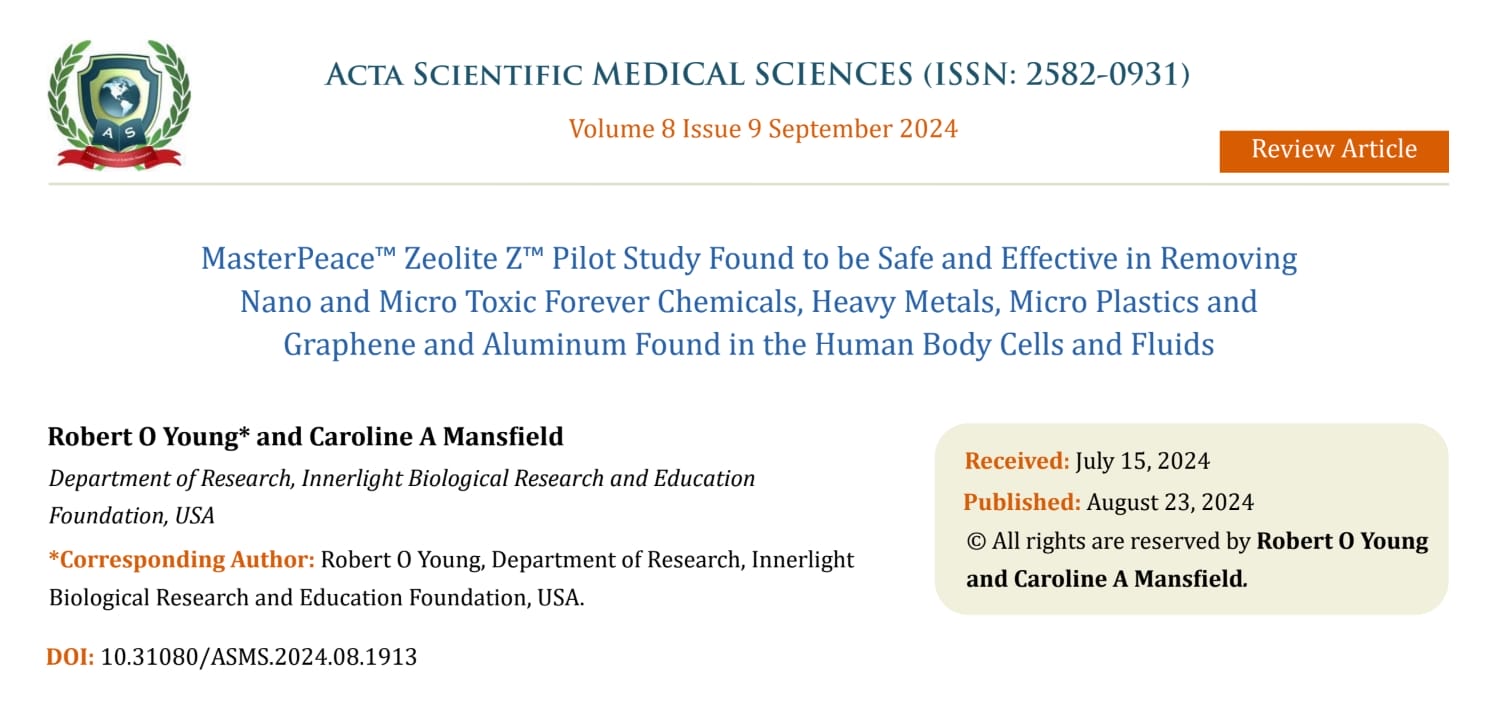What is PM, and how does it get into the air?
PM stands for particulate matter (also called particle pollution): the term for a mixture of solid particles and liquid droplets found in the air. Some particles, such as dust, dirt, soot, or smoke, are large or dark enough to be seen with the naked eye. Others are so small they can only be detected using an electron microscope.
Particle pollution includes:
PM 10: inhalable particles, with diameters that are generally 10 micrometers and smaller; and
PM 2.5: fine inhalable particles, with diameters that are generally 2.5 micrometers and smaller.
How small is 2.5 micrometers?
Think about a single hair from your head. The average human hair is about 70 micrometers in diameter – making it 30 times larger than the largest fine particle.

Sources of PM
These particles come in many sizes and shapes and can be made up of hundreds of different chemicals.
Some are emitted directly from a source, such as construction sites, unpaved roads, fields, smokestacks or fires.
Most particles form in the atmosphere as a result of complex reactions of chemicals such as sulfur dioxide and nitrogen oxides, which are pollutants emitted from power plants, industries and automobiles.
What are the Harmful Effects of PM?
Particulate matter contains microscopic solids or liquid droplets that are so small that they can be inhaled and cause serious health problems. Some particles less than 10 micrometers in diameter can get deep into your lungs and some may even get into your bloodstream. Of these, particles less than 2.5 micrometers in diameter, also known as fine particles or PM2.5, pose the greatest risk to health.
Fine particles are also the main cause of reduced visibility (haze) in parts of the United States, including many of our treasured national parks and wilderness areas.

A number of adverse health impacts have been associated with exposure to both PM 2.5 and PM 10. For PM 2.5, short-term exposures (up to 24-hours duration) have been associated with premature mortality, increased hospital admissions for heart or lung causes, acute and chronic bronchitis, asthma attacks, emergency room visits, respiratory symptoms, and restricted activity days. These adverse health effects have been reported primarily in infants, children, and older adults with preexisting heart or lung diseases.[1] In addition, of all of the common air pollutants, PM2.5 is associated with the greatest proportion of adverse health effects related to air pollution, both in the United States and world-wide based on the World Health Organization’s Global Burden of Disease Project.[2]


Short-term exposures to PM 10 have been associated primarily with worsening of respiratory diseases, including asthma and chronic obstructive pulmonary disease (COPD), leading to hospitalization and emergency department visits. Long-term (months to years) exposure to PM 2.5 has been linked to premature death, particularly in people who have chronic heart or lung diseases, and reduced lung function growth in children. The effects of long-term exposure to PM 10 are less clear, although several studies suggest a link between long-term PM 10 exposure and respiratory mortality. The International Agency for Research on Cancer (IARC) published a review in 2015 that concluded that particulate matter in outdoor air pollution causes lung cancer.
Diesel PM: A special class of particulates. The solid material in diesel exhaust is known as diesel particulate matter (DPM). More than 90% of DPM is less than 1 µm in diameter (about 1/70th the diameter of a human hair), and thus is a subset of PM2.5.
Who is at the Greatest Risk from Exposure to Particulate Matter?
Research points to older adults with chronic heart or lung disease, children and asthmatics as the groups most likely to experience adverse health effects with exposure to PM 10 and PM 2.5. Also, children and infants are susceptible to harm from inhaling pollutants such as PM because they inhale more air per pound of body weight than do adults – they breathe faster, spend more time outdoors and have smaller body sizes. In addition, children’s immature immune systems may cause them to be more susceptible to PM than healthy adults. Research from the CARB-initiated Children’s Health Study found that children living in communities with high levels of PM 2.5 had slower lung growth, and had smaller lungs at age 18 compared to children who lived in communities with low PM 2.5 levels.[3]
CARB used the U.S. EPA’s risk assessment methodology to conduct an assessment of premature mortality associated with exposure to PM 2.5 (California Air Resources Board 2010). An update to this analysis using ambient air quality data from 2014-2016 indicated that PM 2.5 exposure contributes to 5,400 (uncertainty range of 4,200 – 6,700) premature deaths due to cardiopulmonary causes per year in California. In addition, PM 2.5 contributes to about 2,800 hospitalizations for cardiovascular and respiratory diseases (uncertainty range 350 – 5,100), and about 6,700 emergency room visits for asthma (uncertainty range 4,200 – 9,300) each year in California.
How Does Particulate Matter Affect the Environment?
Particulate matter has been shown in many scientific studies to reduce visibility, and also to adversely affect climate, ecosystems and materials. PM, primarily PM 2.5, affects visibility by altering the way light is absorbed and scattered in the atmosphere. With reference to climate change, some constituents of the ambient PM mixture promote climate warming (e.g., black carbon), while others have a cooling influence (e.g., nitrate and sulfate), and so ambient PM has both climate warming and cooling properties. PM can adversely affect ecosystems, including plants, soil and water through deposition of PM and its subsequent uptake by plants or its deposition into water where it can affect water quality and clarity. The metal and organic compounds in PM have the greatest potential to alter plant growth and yield. PM deposition on surfaces leads to soiling of materials.[4]
Is Particulate Matter a Problem Indoors?
Some of the particulate matter found indoors originates from the outdoors, especially PM 2.5. These particles enter indoor spaces through doors, windows, and “leakiness” in building structures. Particles can also originate from indoor sources. Particles of indoor origin include components derived from biological sources, many of which are known allergens, such as pollens, mold spores, dust mites and cockroaches. Indoor activities generate particles, as well, including smoking tobacco, cooking and burning wood, candles or incense. Particles also can form indoors from complex reactions of gaseous pollutants emitted from such sources as household cleaning products and air fresheners.
What are the Ambient Air Quality Standards for Particulate Matter?
Ambient air quality standards define the maximum amount of pollutant that can be present in outdoor air without harming human health. In 2002, after an extensive review of the scientific literature, the Board adopted a new annual average standard for PM 2.5 ppm, and retained the existing annual and 24-hour standard average standards for PM10. The national annual average PM 2.5 standard was most recently revised in 2012 following an exhaustive review of new literature pointed to evidence for increased risk of premature mortality at lower PM 2.5 concentrations than the existing standard. The 2012 review resulted in retention of the existing 24-hour average PM 2.5 and PM 10 standards.

To learn more read the following articles:

1. https://www.drrobertyoung.com/post/understanding-colloids-nano-colloidal-systems-in-health-nutrition 2. https://www.drrobertyoung.com/post/nano-colloids-and-colloidal-systems-in-human-health-and-nutrition 3. https://www.drrobertyoung.com/post/air-pollution-poisoning-at-ground-zero-wuhan-china 4. https://www.drrobertyoung.com/post/air-pollution-poisoning-at-ground-zero-wuhan-china
References
[1] Lim SS , Vos T, Flaxman AD, et al., “A comparative risk assessment of burden of disease and injury attributable to 67 risk factors and risk factor clusters in 21 regions, 1990–2010: a systematic analysis for the Global Burden of Disease Study 2010.” Lancet.2012; 380: 2224-2260
[2] Mohammad HF, Lily A, Anderson, HR, Bachman VF, Biryukov S, “Global, regional, and national comparative risk assessment of 79 behavioural, environmental and occupational, and metabolic risks or clusters of risks in 188 countries, 1990–2013: a systematic analysis for the Global Burden of Disease Study 2013.” Published:September 10, 2015DOI:https://doi.org/10.1016/S0140-6736(15)00128-2
[3] Olofin I, McDonald CM, Ezzati M, et al., the Nutrition Impact Model Study (anthropometry cohort pooling). Associations of suboptimal growth with all-cause and cause-specific mortality in children under five years: a pooled analysis of ten prospective studies. PLoS One.2013; 8: e64636
[4] Naveedulla, Hashmi MZ , Yu C, et al., “Risk assessment of heavy metals pollution in agricultural soils of siling reservoir watershed in Zhejiang province, China.” Biomed Res Int.2013; 2013: 590306



